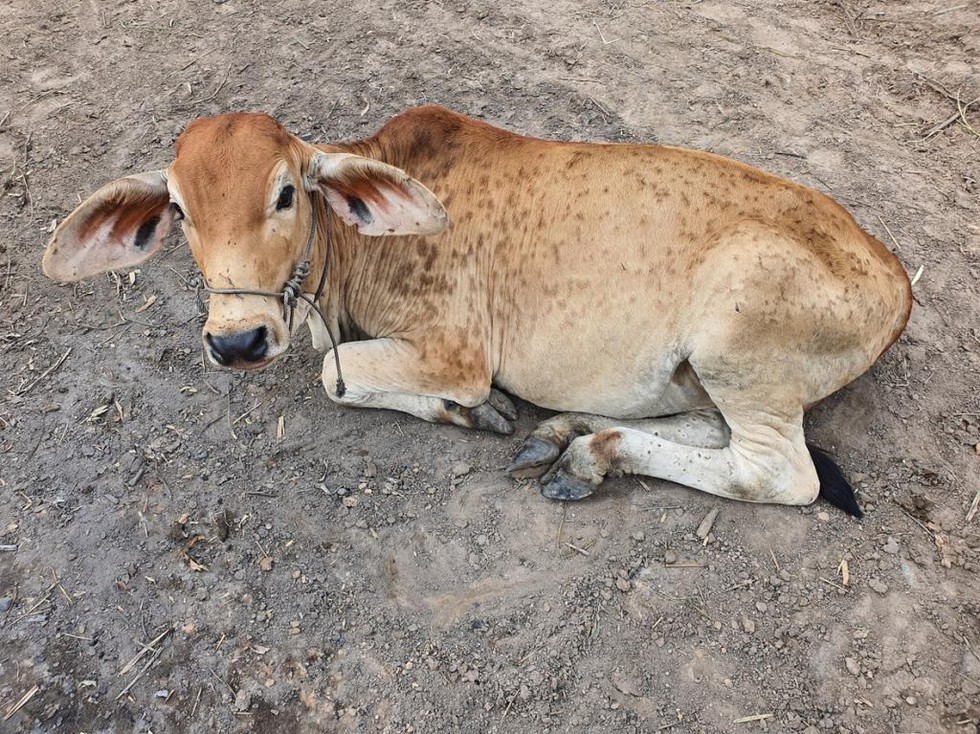About Lumpy Skin Disease:
- It is an infectious viral disease of cattle. It is caused by the lumpy skin disease virus (LSDV), which belongs to the genus capripoxvirus, a part of the poxviridae family (smallpox and monkeypox viruses are also a part of the same family).
- LSDV is not a zoonotic virus, meaning the disease cannot spread to humans.
- Geographical distribution:
- LSD is currently endemic in most of Africa, parts of the Middle East and Turkey.
- Since 2015, the disease has spread to most of the Balkan countries, the Caucasus and the Russian Federation.
- Since 2019, several outbreaks of LSD have been reported by countries in Asia (Bangladesh, India, China, Chinese Taipei, Vietnam, Bhutan, Hong Kong (SAR-RPC), Nepal, Sri Lanka, Myanmar, Thailand).
- Transmission:
- It is transmitted by blood-feeding insects, such as certain species of flies, mosquitoes or ticks.
- Infected animals shed the virus through oral and nasal secretions, which may contaminate common feeding and water troughs.
- Thus, the disease can either spread through direct contact with the vectors or through contaminated fodder and water.
- Symptoms:
- LSD affects the lymph nodes of the infected animal, causing the nodes to enlarge and appear like lumps on the skin, which is where it derives its name from.
- The cutaneous nodules, 2–5 cm in diameter, appear on the infected cattle’s head, neck, limbs, udder, genitalia, and perineum. The nodules may later turn into ulcers and eventually develop scabs over the skin.
- The other symptoms include high fever, a sharp drop in milk yield, discharge from the eyes and nose, salivation, loss of appetite, depression, damaged hides, emaciation (thinness or weakness) of animals, infertility and abortions.
- It can also lead to death, especially in animals that have not previously been exposed to the virus or have low immunity.
- It is a highly host-specific disease. It primarily affects cows and to a lesser extent, buffalo. Morbidity rate is higher in cattle than buffalo.
- Treatment:
- It has no direct antiviral treatment. Instead, the infected animals receive supportive care, which involves the use of antibiotics, painkillers and wound care sprays to treat symptoms.
- As there's no treatment, vaccines are used to control disease transmission.
